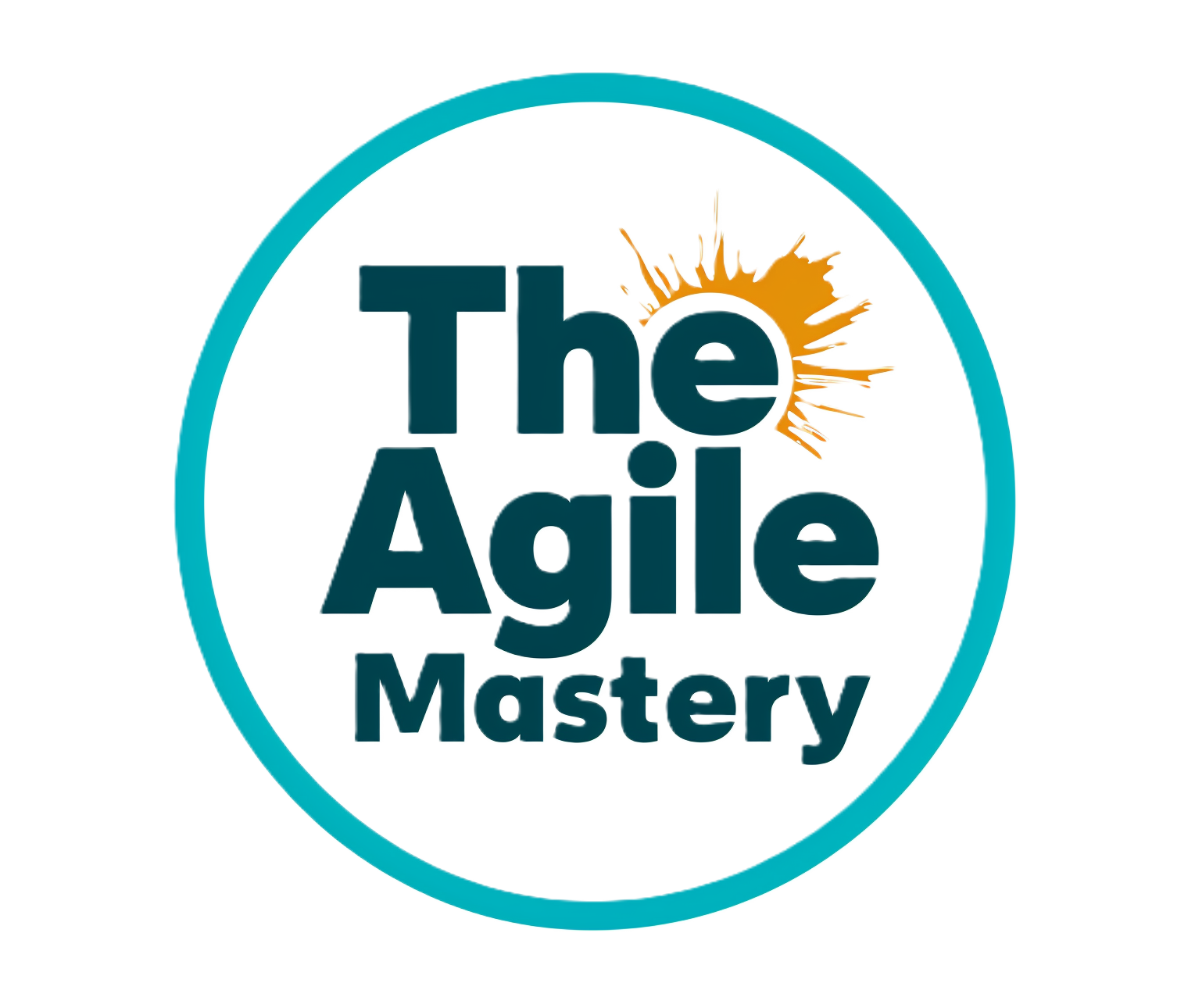In today’s dynamic business landscape, the demand for agility and adaptability has driven the adoption of Agile methodologies like Scrum and Kanban. While these frameworks excel in smaller teams, businesses often face the challenge of scaling them to larger and more complex environments. Scaling Agile isn’t just about implementing larger versions of the same practices; it requires careful planning, collaboration, and a strategic approach. In this comprehensive guide, we explore the essential considerations, strategies, and benefits of scaling Scrum and Kanban frameworks to drive organizational success.
Understanding the Need for Scaling Agile:
As organizations grow, so does the complexity of their projects and teams. Scaling Agile is the process of extending Agile principles and practices beyond a single team to achieve collaboration, alignment, and value delivery across the entire organization. It’s a response to the increasing need for coordinated efforts, streamlined processes, and efficient communication. In scaling lies the true Agile Mastery

Strategies for Scaling Agile Frameworks:
- Select the Right Framework: There isn’t a one-size-fits-all approach. Choose a scaling framework that aligns with your organization’s culture, goals, and structure. Common frameworks include SAFe (Scaled Agile Framework), LeSS (Large Scale Scrum), and so called “Spotify” model.
- Align with Business Goals: Scaling Agile is not just about the methodology; it’s about achieving business objectives. Ensure that Agile practices are aligned with your company’s strategic goals to drive meaningful outcomes.
- Create a Scaling Roadmap: Develop a clear roadmap that outlines the stages of scaling, from pilot projects to full implementation. Define milestones, objectives, and success criteria for each phase.
- Collaborative Leadership: Scaling Agile requires leadership that supports collaboration, trust, and empowerment. Managers play a crucial role in fostering an Agile culture and providing the necessary resources.
- Cross-Functional Teams: Encourage cross-functional collaboration by forming teams that encompass various skills, roles, and expertise. This enhances communication and accelerates problem-solving.
Structuring for Success:
- Organizational Design: Rethink your organization’s structure to support Agile principles. Flatten hierarchies, minimize bureaucracy, and promote a culture of accountability and autonomy.
- Scaling Roles: Ensure that roles like Product Owners, Scrum Masters, and Agile Coaches are well-defined and scaled to support multiple teams. These roles play a pivotal role in aligning teams and ensuring Agile practices are followed.
- Clear Communication Channels: Establish clear communication channels between teams, ensuring that information flows smoothly and bottlenecks are minimized.
- Standardization and Flexibility: While standardizing processes is important, allow teams the flexibility to adapt practices to their unique context. Balance consistency with adaptability.
Management’s Role in Scaling Agile:
- Commitment to Change: Management must not only support but actively champion the transition to Agile. Their commitment sets the tone for the entire organization.
- Provide Resources: Scaling Agile requires investment in training, tools, and infrastructure. Management should ensure that teams have the resources they need to succeed.
- Remove Obstacles: Management should actively work to remove organizational impediments that hinder teams from practicing Agile effectively.
Benefits of Successfully Scaling Agile:
- Increased Collaboration: Agile scaling fosters cross-functional collaboration, breaking down silos and enhancing communication across departments.
- Efficient Delivery: By aligning teams and optimizing processes, organizations can achieve faster, more efficient product delivery.
- Adaptability: Scaled Agile environments are more adaptable to changing market conditions, enabling organizations to respond swiftly to new opportunities and challenges.
- Value Delivery: Aligning Agile practices with business goals ensures that value is consistently delivered to customers and stakeholders.
Scaling for Agile Excellence
Scaling Agile is a journey that requires careful planning, collaboration, and commitment. By selecting the right framework, aligning with business goals, and fostering a culture of Agile excellence, organizations can scale their Agile practices to achieve greater collaboration, efficiency, and value delivery. As the business landscape continues to evolve, scaling Agile is not just an option but a strategic imperative for organizations aiming to thrive in a rapidly changing world. Its one step forward to The Agile Mastery

5 replies on “Scaling Agile Frameworks: Navigating Growth and Success for Business”
Hi there, I enjoy reading all of your post.
I wanted to write a little comment to support you.
Thanks for your comment, makes it worthwhile 🙂
Hey there would you mind sharing which blog platform you’re using?
I’m planning to start my own blog in the near future but I’m
having a difficult time choosing between BlogEngine/Wordpress/B2evolution and
Drupal. The reason I ask is because your design and style seems different then most blogs and
I’m looking for something unique. P.S Apologies for being off-topic but I had to ask!
Hi there, thanks for reaching out – Im using WordPress at the moment
[…] effectively implement the Definition of Done in a multi-team setting (Scaled Agile), consider the following […]